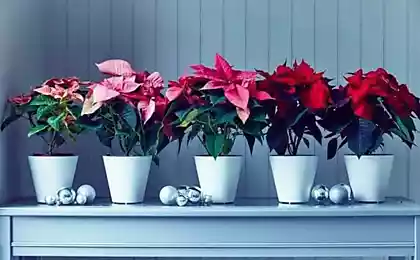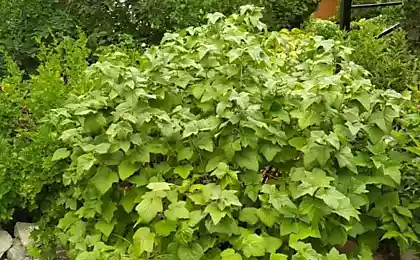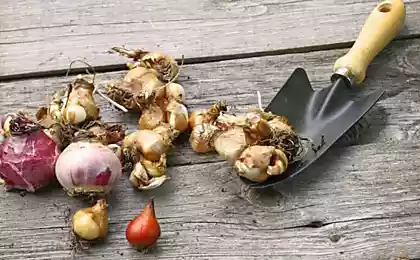171
Next to which plants do not need to plant currants
In the wild, plants get along well with each other. But human-grown crops are more sensitive to where they grow. So currants in the garden should have the “right” neighbors. Next to which plants you should not plant currants to get a generous harvest, you will learn from this article.

Next to which plants should not be planted currants A couple of years in a row currant in the country brought a meager harvest. I thought a lot, what's the reason? Through trial and error, I was able to determine that much depends not only on the bush itself, but also on the cultures that grow next door. So I made a list of plants that are better not to plant next to currants.
Raspberry bushes occupy a large area and its root system actively pulls nutrients from the soil. The currant next to it begins to wither and ceases to bear fruit. In extreme cases, the plant even begins to hurt due to a lack of trace elements.
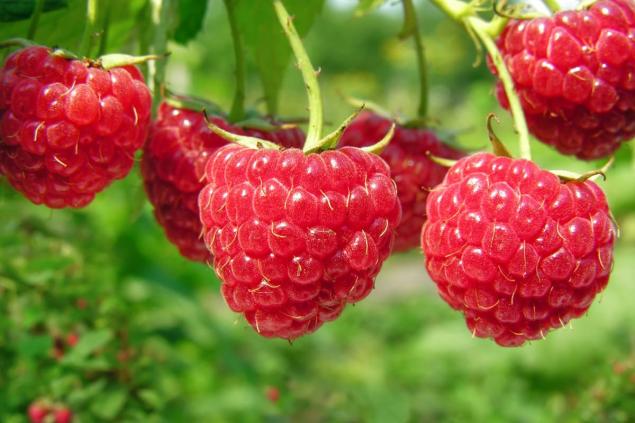
Buckthorn consumes a lot of water. If it grows near currants, then even with abundant watering, it will take away all moisture. Because of this, the berries ripen dry and tasteless.

The roots of this tree are strong, as are currants. However, in the fight for equality, currant will not be easy. As a result of this competition, the yield of currant and its viability may decrease. The only exception are pears that have been grafted on apple trees - currants get along normally with apples.
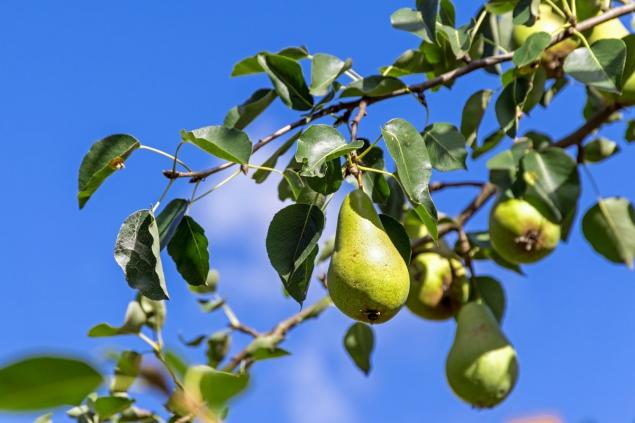
Gooseberry is dangerous because of a common pest of cultures - fire. The insect reproduces quickly and first appears on the gooseberry, and then "transfers" to the currants.

Juniper Theoretically juniper could get along well with currants, if not for his predisposition to fungal diseases. In addition, he has an unpleasant tendency to rust. All this can be transmitted to currants and damage the harvest.

Also do not tolerate the neighborhood of red and black currants. Despite the fact that the care of the crops is about the same, red currant needs more sunlight, and black currant prefers shade. It is better to plant currants right away, so as not to be upset that the culture gives a poor harvest. I am sure that this article will be useful for many. I wish you a good harvest – your work will be rewarded.

Next to which plants should not be planted currants A couple of years in a row currant in the country brought a meager harvest. I thought a lot, what's the reason? Through trial and error, I was able to determine that much depends not only on the bush itself, but also on the cultures that grow next door. So I made a list of plants that are better not to plant next to currants.
Raspberry bushes occupy a large area and its root system actively pulls nutrients from the soil. The currant next to it begins to wither and ceases to bear fruit. In extreme cases, the plant even begins to hurt due to a lack of trace elements.

Buckthorn consumes a lot of water. If it grows near currants, then even with abundant watering, it will take away all moisture. Because of this, the berries ripen dry and tasteless.

The roots of this tree are strong, as are currants. However, in the fight for equality, currant will not be easy. As a result of this competition, the yield of currant and its viability may decrease. The only exception are pears that have been grafted on apple trees - currants get along normally with apples.

Gooseberry is dangerous because of a common pest of cultures - fire. The insect reproduces quickly and first appears on the gooseberry, and then "transfers" to the currants.

Juniper Theoretically juniper could get along well with currants, if not for his predisposition to fungal diseases. In addition, he has an unpleasant tendency to rust. All this can be transmitted to currants and damage the harvest.

Also do not tolerate the neighborhood of red and black currants. Despite the fact that the care of the crops is about the same, red currant needs more sunlight, and black currant prefers shade. It is better to plant currants right away, so as not to be upset that the culture gives a poor harvest. I am sure that this article will be useful for many. I wish you a good harvest – your work will be rewarded.
Why in Soviet times mirrors and paintings were placed at an angle and hung under the ceiling
Unobvious advantages of an apartment without a balcony












